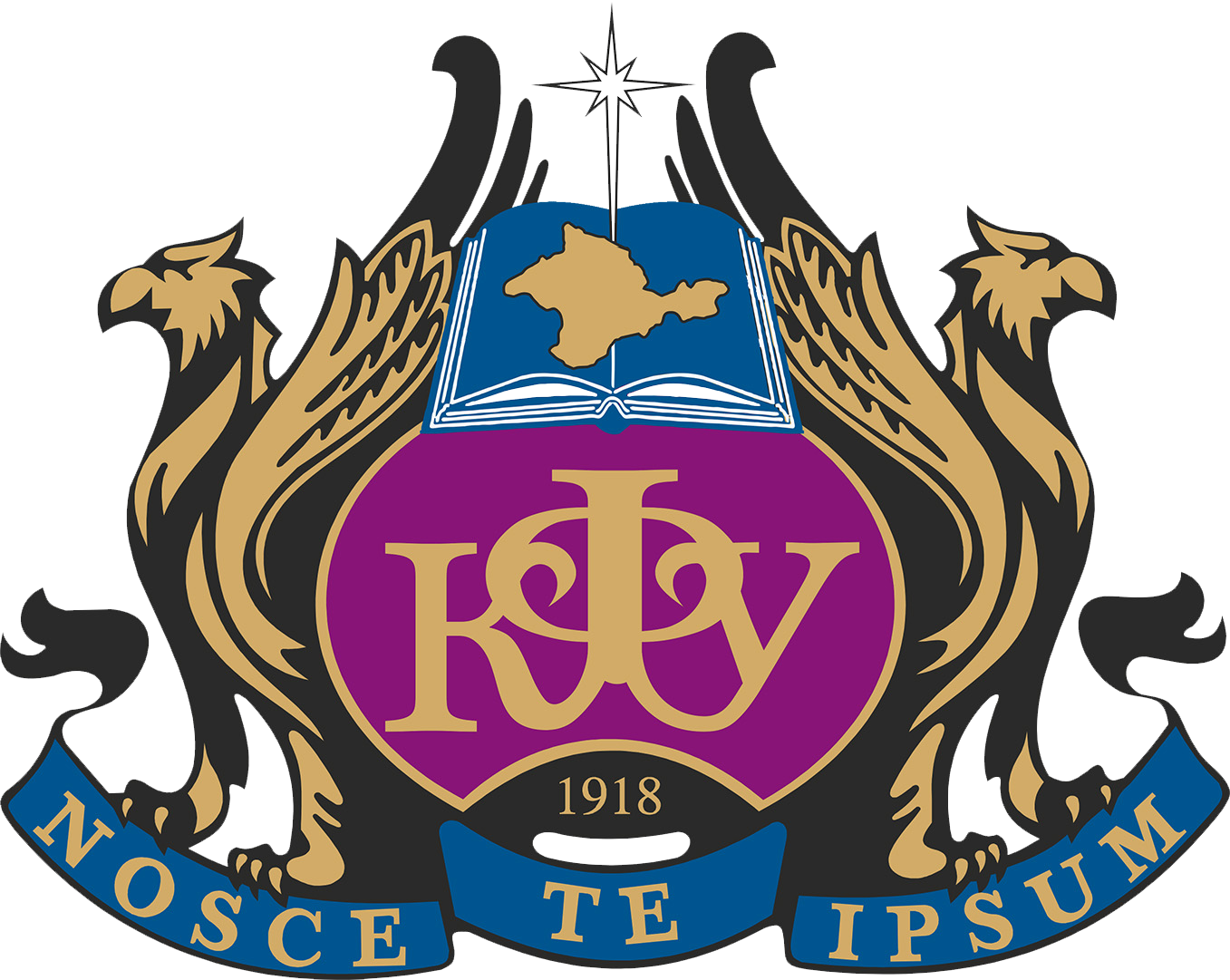Normally developed pollen grains of the common yew (Taxus baccata L.) are a unicellular gametophyte in the pollen grain shell. According to the existing classification, they are characterized as a spheroidal, small-leptomed, radially symmetrical, sackless, rom small to medium size. Their diameters vary from 15.8 µ to 33.8 µ, with its average statistical value for individual trees from 21.1 µ to 27.2 µ. Cytomorphological study of pollen from the same yew trees in the Foothill zone conducted in 2015, 2016 and 2024 revealed that in timespans without significant temperature fluctuations during pollen formation and pollination, most yew trees produced pollen with an average viability of over 80 %. Conversely, in years with a sharp cold spells during the period when microstrobilus prepare for pollination or during pollination, most trees exhibited complete or partial damage to microstrobilus and a loss of their ability to disperse pollen. In some trees, that partially saved their ability to pollinate, pollen viability sharply decreases to 11–15 %. The most common occurred anomaly that reduces pollen viability is a disturbance of the structure of the pollen grain shell. As a result, pollen grains lose the ability to shed exine when they enter a pollination drop secreted by ovules during pollination. Non-shedding of exine excludes the participation of pollen with such anomaly in the sexual process, since during swelling the outer pectin layer of intine absorbs trophic and biologically active substances contained in the pollination drop, necessary for the growth of the pollen tube and the development of the male gametophyte. A decrease in the correlation between the average diameter of the pollen grain before the moment of shedding of the exine and their volume after shedding indicates the autonomization of the processes of formation of individual elements of the pollen grain shell. Significant differentiation of pollen grains by volume during swelling of the intine is considered a manifestation of natural selection in species with taxoid pollen. Data on the quality of pollen in yew and other gymnosperms, pollination of which is associated with the secretory activity of ovules, suggest that a minimum of three pollen grains is necessary for its normal pollination. It enhances the likelihood of producing viable seeds and facilitating the effects of natural selection in male sexual reproduction.
Taxus baccata, pollen, exine, intine, natural selection.
1. Bazaev A. B. Tis yagodnyy v gornyh lesah Osetii: Osobennosti stroeniya i vozobnovitel'nyy potencial: Avtoreferat dissertacii na soiskanie uchenoy stepeni kandidata biologicheskih nauk:.
2. Zaharenko G. S. Osobennosti razvitiya pyl'cy sekvoyi vechnozelenoy // Trudy Nikitskogo botanicheskogo sada. – 1984. – T. 92. – S. 84–91.
3. Zaharenko G. S., Zil'bervarg I. R. Fenologicheskie osobennosti razvitiya reproduktivnyh organov i zavyazyvaemost' semyan u tisa yagodnogo v predgornoy zone Kryma // Ekologiya i geografiya
4. Zaharenko G. S., Ruguzov I. A. Osobennosti razvitiya muzhskogo gametofita u Taksodievyh, Kiparisovyh i Tisovyh // Materialy Vsesoyuznogo soveschaniya «itologo-embriologicheskie
5. Mamaev S. A. Formy vnutrividovoy izmenchivosti drevesnyh rasteniy (na primere semeystva Pinaceae na Urale). – M.: Nauka, 1973. – 284 s.
6. Maurin' A. M. Semenoshenie drevesnyh ekzotov v Latviyskoy SSR. – Riga: Zvaygzne, 1967. – 208 s.
7. Nekrasov V. I. Osnovy semenovedeniya drevesnyh rasteniy pri introdukcii. – M.: Nauka, 1973. – 279 s.
8. Nekrasov V. I. Aktual'nye voprosy razvitiya teorii akklimatizacii rasteniy. – M.: Nauka, 1980. – 102 s.
9. Nesterovich N. D. Plodonoshenie introducirovannyh drevesnyh rasteniy v BSSR. – Minsk: Izd. AN BSSR, 1955. – 382 s.
10. Nikiforov Yu. L., Zaharenko G. S. Opylenie u sekvoyi vechnozelenoy // Polovaya reprodukciya hvoynyh. – Novosibirsk: Nauka. – 1973. – S. 139–141.
11. Nikiforov Yu. L., Ruguzov I.A. Morfogenez generativnyh organov i opylenie u tisa yagodnogo // Polovaya reprodukciya hvoynyh. – Novosibirsk: Nauka. – 1973. – S. 135–138.
12. Omarova P. K. Izmenchivost' priznakov shishkoyagod Taxus baccata L. vo vnutrennegornom Dagestane // Botanicheskiy vestnik Severnogo Kavkaza. – 2018. – № 1. – S. 20–25.
13. Omarova P. K. Rezul'taty razmnozheniya Taxus baccata L. v Dagestane // Botanicheskiy vestnik Severnogo Kavkaza. – 2019. – № 4. – S. 79–84.
14. Omarova P. K., Asadulaev Z. M. Izmenchivost' priznakov shishkoyagod Taxus baccata v populyaciyah Dagestana // Nauchnyy zhurnal KubGAU, – 2015. – № 112 (08), 17 s.
15. Ruguzov I. A. Fertil'nost' pyl'cy tisa yagodnogo i anomalii v ee razvitii // Byulleten' Gosudarstvennogo Nikitskogo botanicheskogo sada. – № 2 (18). – 1972. – S. 34–36.
16. Ruguzov I. A. Nekotorye populyacionno-morfologicheskie aspekty sohraneniya tisa yagodnogo v Krymu // 50 let Chernomorskomu gosudarstvennomu zapovedniku. Materialy respublikanskogo seminara
17. Sladkov A. N. Vvedenie v sporo-pyl'cevoy analiz. – M.: Nauka, 1967, 269 s.
18. Hazrieva M. R. Semennaya produktivnost' introducirovannyh Pinopsida v usloviyah Mahachkaly // Izvestiya Dagestanskogo gosudarstvennogo pedagogicheskogo universiteta. Estestvennye i tochnye nauki.
19. M'ller-Stoll R. W. Zitomorphologische studien am Pollen von Taxus baccata L. und anderen Koniferen // Planta. –1948. – Bd. 35. – Hf. 5/6. – S. 601–641.
20. Rudolf P. O. Taxus. Seeds of Woody Plants in the United States // Agriculture Handbook. – 1974. – N 450. – R. 799–802.
21. Ziegler H. 'ber die Zusammensetzung des "Bestaubungstropfens" und den Mechanismus seines Sekretion // Planta. – 1959. – Bd. 52. – S. 587–599.





